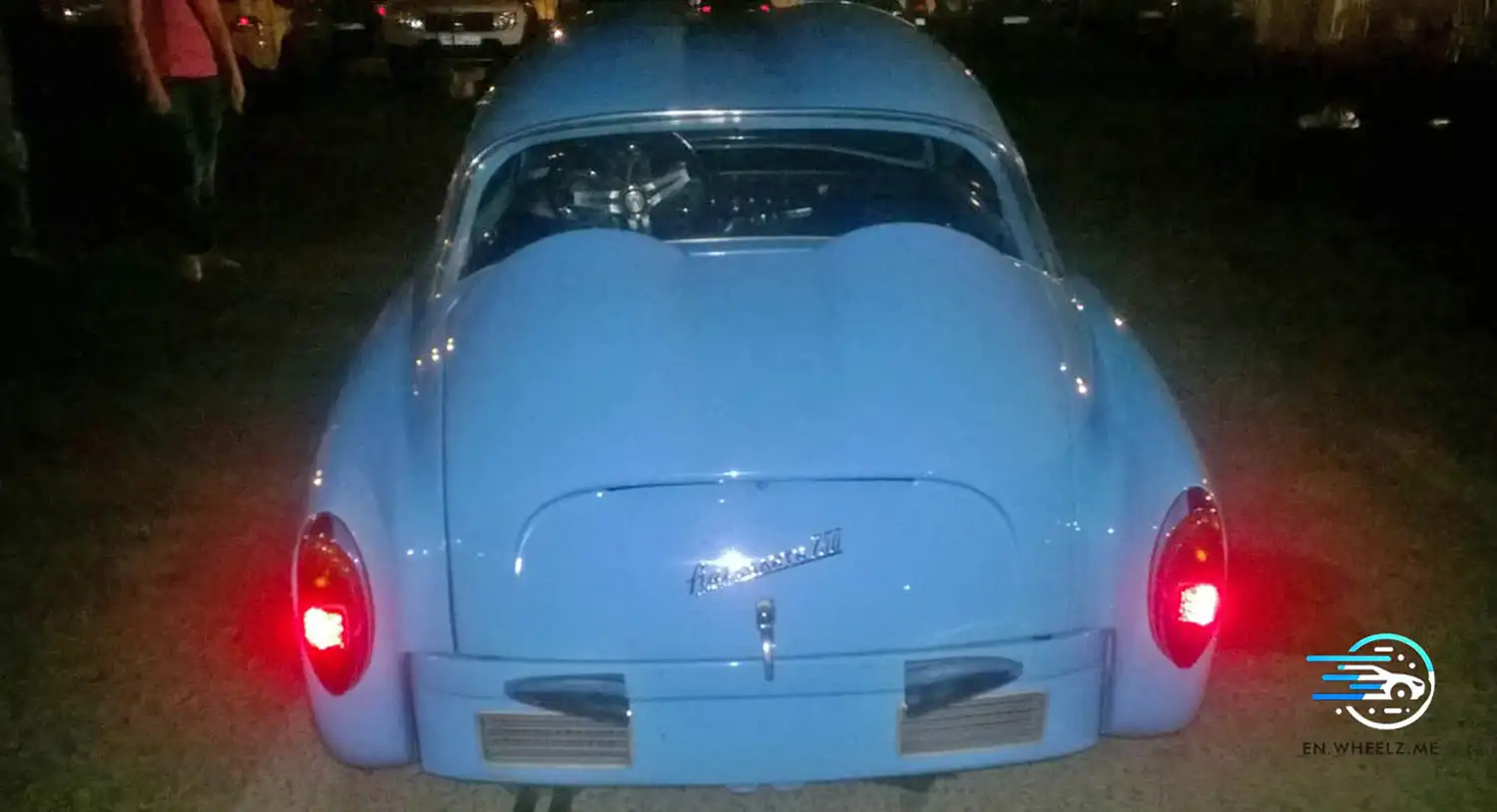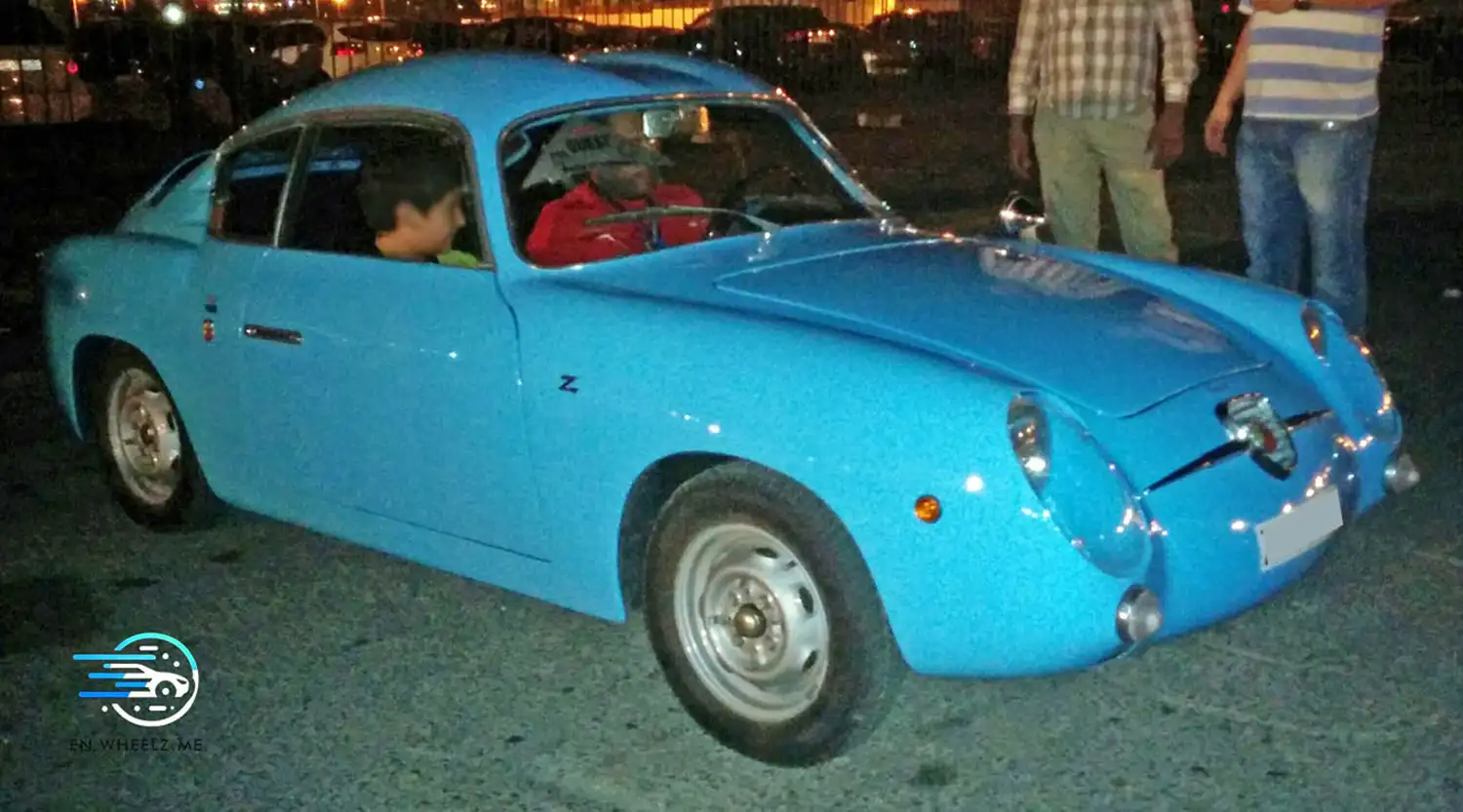
The Fiat Abarth 750, a remarkable creation of the late 1950s, remains an enduring icon in the world of compact sports cars. Known for its unique blend of performance, style, and engineering excellence, the Abarth 750 is a testament to the innovative spirit of Carlo Abarth and the engineering prowess of Fiat. This compact powerhouse redefined what small cars could achieve, both on the road and in the racing circuit.
Origins and Development
In the mid-1950s, Italian engineer and designer Carlo Abarth took the modest Fiat 600 and transformed it into a high-performance vehicle. Abarth, a tuning specialist, saw potential in the Fiat 600’s lightweight and compact design. By enhancing its engine, suspension, and overall aerodynamics, he created a series of high-performance variants, with the Fiat Abarth 750 being one of the most celebrated.
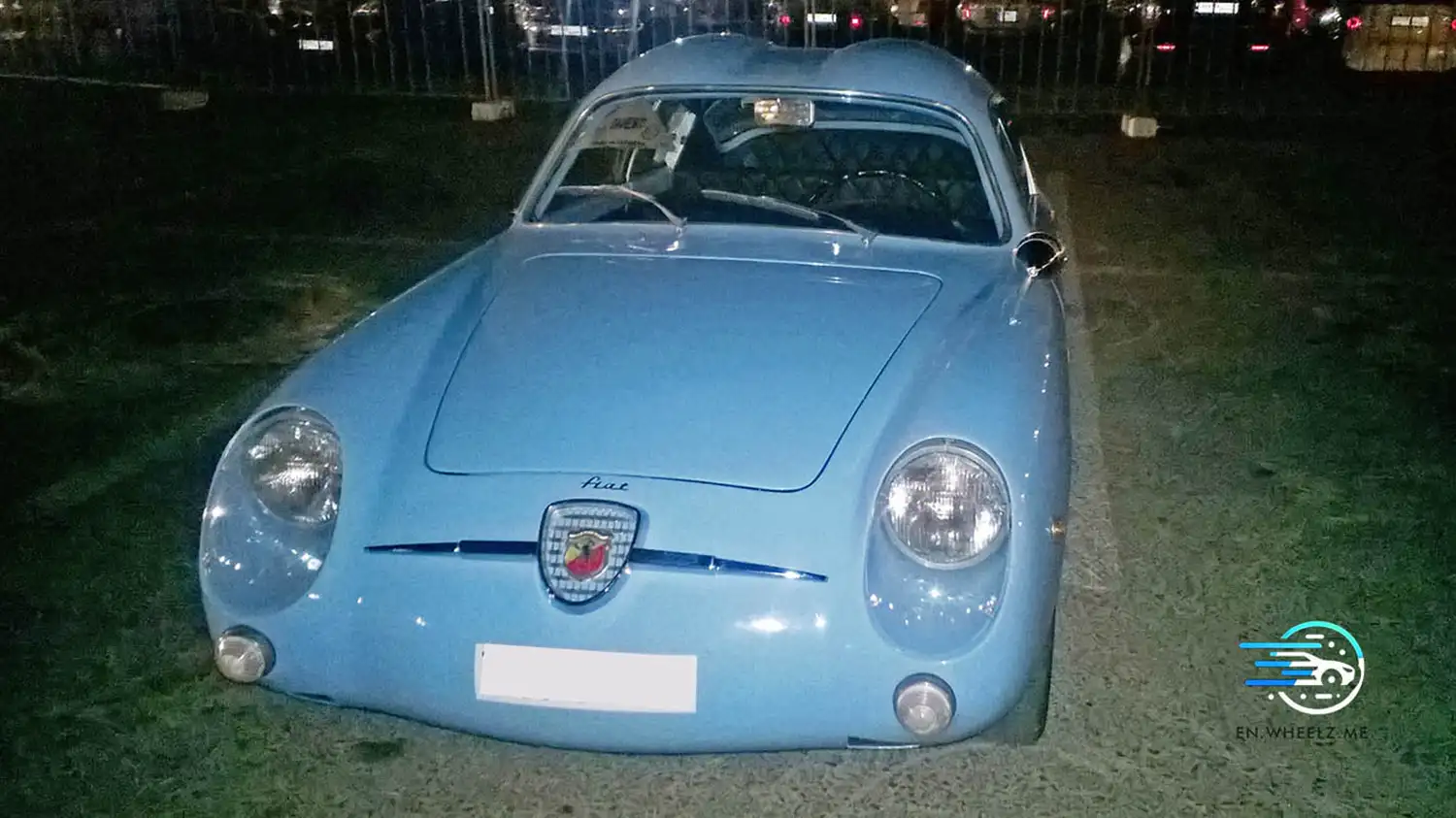
Distinctive Design
The Fiat Abarth 750’s design was a collaborative effort that involved some of Italy’s finest coachbuilders, including Zagato and Allemano. The most iconic variant, the Fiat Abarth 750 Zagato, featured a sleek, aerodynamic body with distinctive “double bubble” roof contours. This unique design not only improved the car’s aerodynamics but also provided additional headroom without increasing the overall , making it a standout on the road.
Key design features of the Fiat Abarth 750 included:
- Compact Dimensions: With a wheelbase of just over 2 meters, the Abarth 750 was perfect for navigating tight European streets and racing circuits.
- Lightweight Construction: Extensive use of lightweight materials kept the car’s weight remarkably low, enhancing its agility and performance.
- Aerodynamic Shape: The smooth, rounded lines and the double bubble roof of the Zagato variant contributed to reduced air resistance and improved stability at high speeds.

Performance and Engineering
Under the hood, the Fiat Abarth 750 packed a punch far beyond its modest displacement suggested. Abarth’s modifications to the Fiat 600’s engine included increasing the bore and stroke, enhancing the carburetion, and improving the exhaust system. These changes resulted in a significant boost in power and performance.
Key performance specifications included:
- Engine: 747 cc inline-four engine
- Power Output: Approximately 44 horsepower, a significant increase over the standard Fiat 600
- Top Speed: Around 95 mph (153 km/h), impressive for a car of its size and era
- Transmission: 4-speed manual gearbox, optimized for performance driving
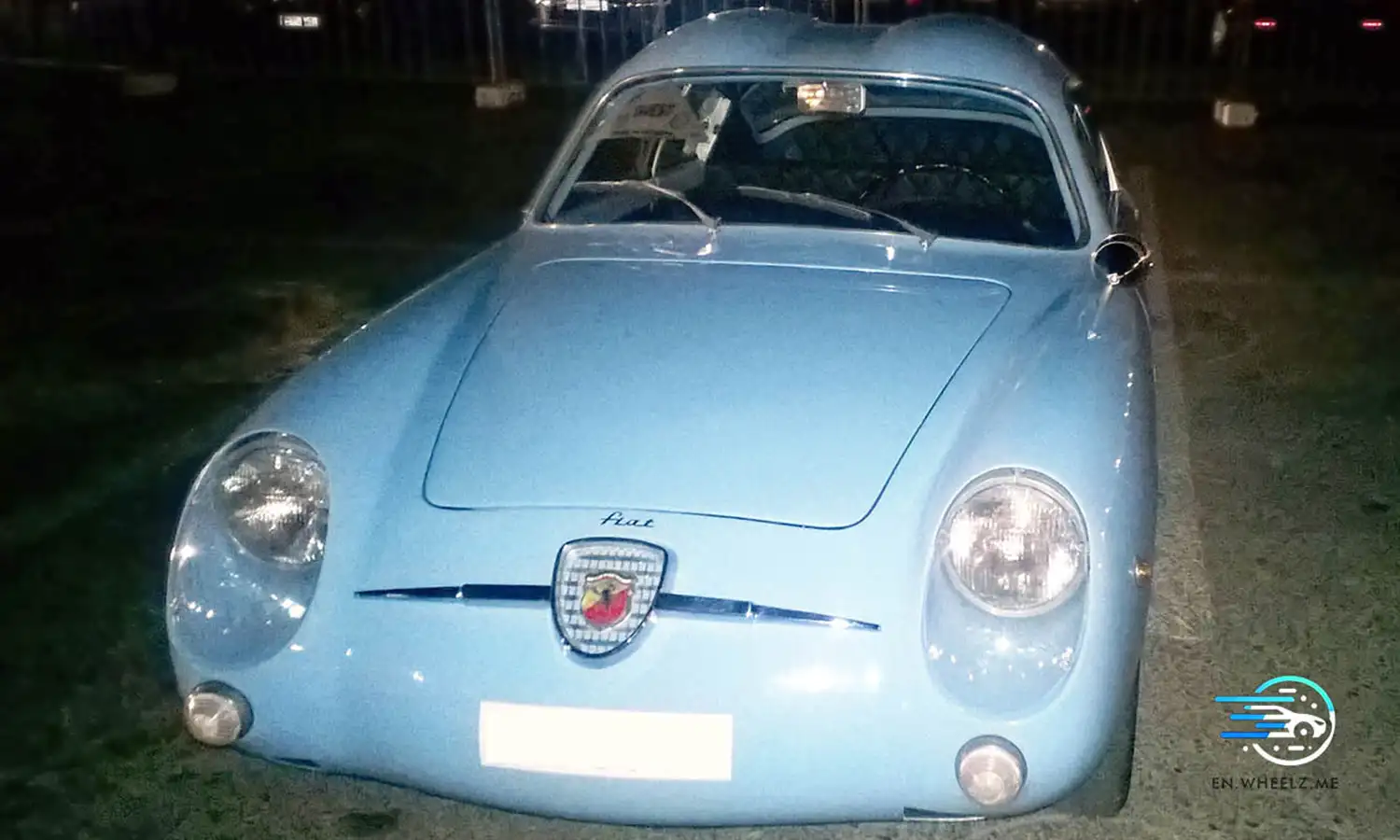
Racing Pedigree
The Fiat Abarth 750 quickly gained a reputation on the racing circuit, thanks to its agility, speed, and reliability. It participated in numerous races and rallies, often outperforming larger and more powerful competitors. The car’s success in events like the Mille Miglia and the Targa Florio cemented its status as a racing legend.
Variants and Legacy
Several variants of the Fiat Abarth 750 were produced, each with its unique characteristics and charm:
- Fiat Abarth 750 Zagato: The most iconic variant, known for its double bubble roof and aerodynamic design.
- Fiat Abarth 750 GT: A more conventional coupe with a focus on grand touring comfort and style.
- Fiat Abarth 750 Record Monza: A racing-focused variant with further performance enhancements and a lightweight body.
The legacy of the Fiat Abarth 750 lives on today, cherished by classic car enthusiasts and collectors worldwide. Its blend of performance, design, and racing pedigree makes it a timeless symbol of Italian automotive excellence.
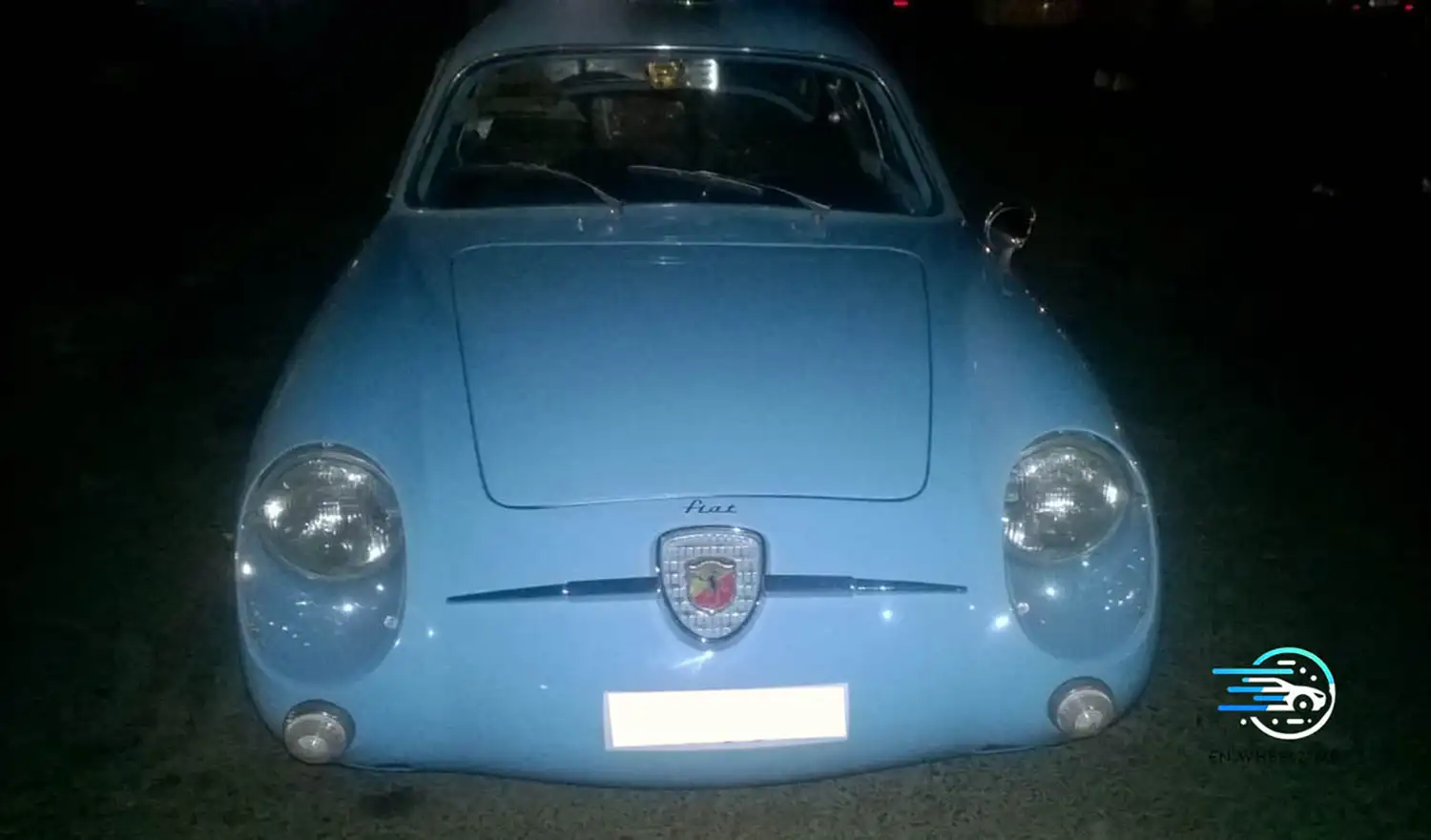
Fiat Abarth 750 Timeline
1955: Fiat 600 Launch
- Introduction of Fiat 600: Fiat launches the Fiat 600, a compact and affordable city car designed by Dante Giacosa. The 600 serves as the base for future Abarth modifications.
1956: Birth of Fiat Abarth 750
- Abarth’s Involvement: Carlo Abarth begins modifying the Fiat 600. By increasing the engine’s displacement and making various performance enhancements, he creates the Fiat Abarth 750.
- Initial Modifications: The modifications include a larger bore and stroke, improved carburetion, and an upgraded exhaust system, resulting in increased power and performance.
1957: Fiat Abarth 750 Zagato
- Introduction of the Zagato Variant: Abarth collaborates with the Zagato design house to produce the Fiat Abarth 750 Zagato. This variant features the distinctive “double bubble” roof, enhancing aerodynamics and interior space.
- Racing Debut: The Abarth 750 Zagato begins to make a name for itself in the racing world, participating in events such as the Mille Miglia.
1958: Fiat Abarth 750 GT
- Launch of the GT Variant: Abarth introduces the 750 GT, a grand touring version with a more conventional coupe design. This model focuses on providing a balance between performance and comfort for everyday driving.
1959: Fiat Abarth 750 Record Monza
- Racing Enhancement: Abarth introduces the 750 Record Monza, a racing-focused variant with further performance enhancements. This model is designed specifically for competitive motorsports, featuring a lightweight body and additional power improvements.
1960: Continued Success in Racing
- Racing Victories: The Fiat Abarth 750 continues to achieve success in various racing events, solidifying its reputation as a formidable competitor. Its performance in rallies and endurance races contributes to its legendary status.
1961: End of Production
- Transition to New Models: As automotive technology advances and new models are introduced, the production of the Fiat Abarth 750 begins to wind down. Abarth shifts focus to developing new high-performance variants based on other Fiat models.
Post-1961: Legacy and Collectibility
- Collector’s Item: The Fiat Abarth 750 becomes a sought-after classic car, cherished by enthusiasts and collectors worldwide. Its racing pedigree, unique design, and engineering excellence ensure its enduring legacy in the automotive world.
- Continued Influence: The innovations and performance enhancements introduced by Abarth in the 750 model influence future Abarth-modified Fiats and other performance cars, showcasing the lasting impact of Carlo Abarth’s vision.
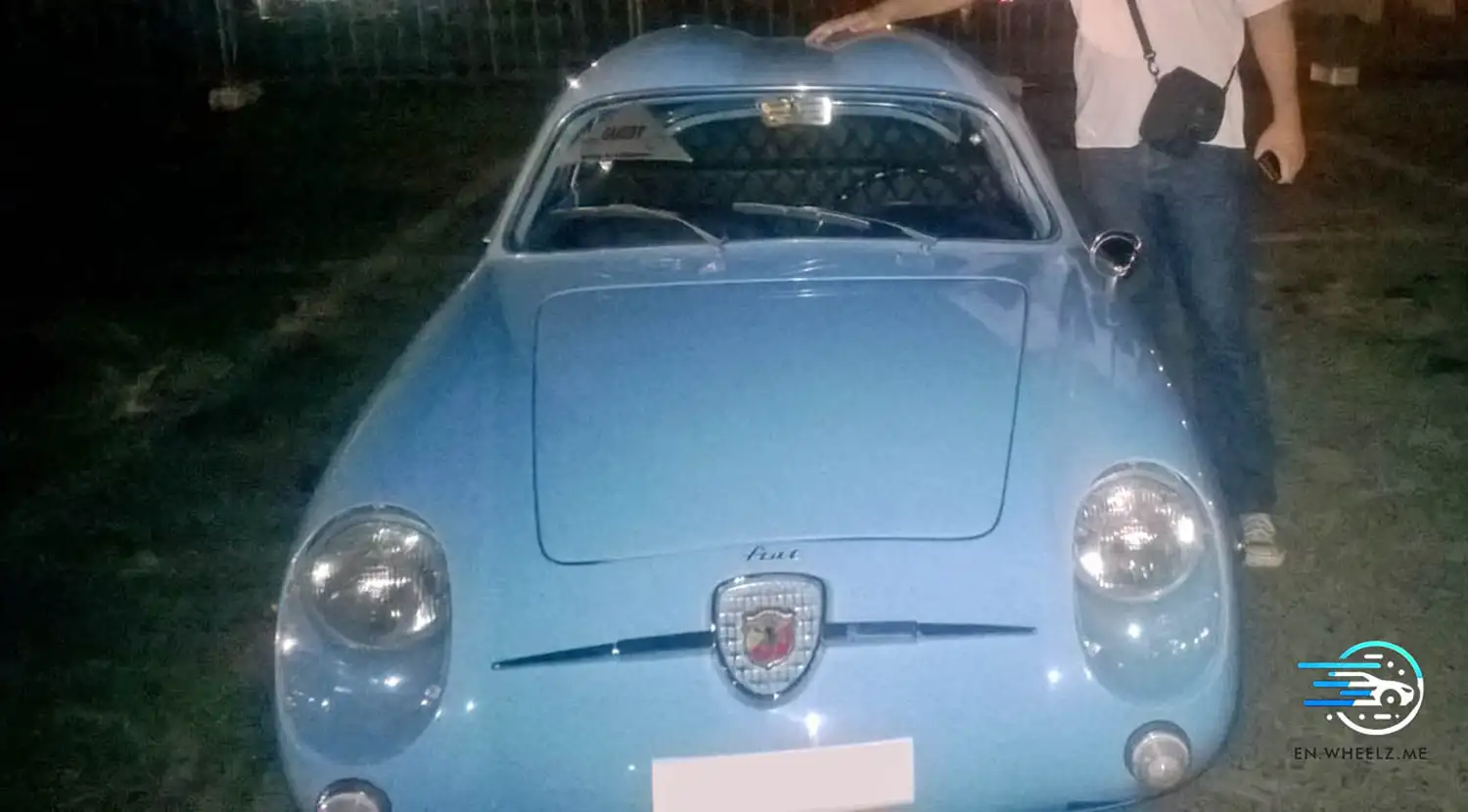
The Fiat Abarth 750 is more than just a car; it is a piece of automotive history that exemplifies the ingenuity and passion of Carlo Abarth and the Fiat brand. With its distinctive design, impressive performance, and storied racing heritage, the Abarth 750 continues to inspire and captivate enthusiasts around the world. Whether admired for its aesthetic beauty or celebrated for its racing success, the Fiat Abarth 750 remains a true icon of the automotive world.
Photos Source: Wheelz.me
This Article use tools from Chatgpt
